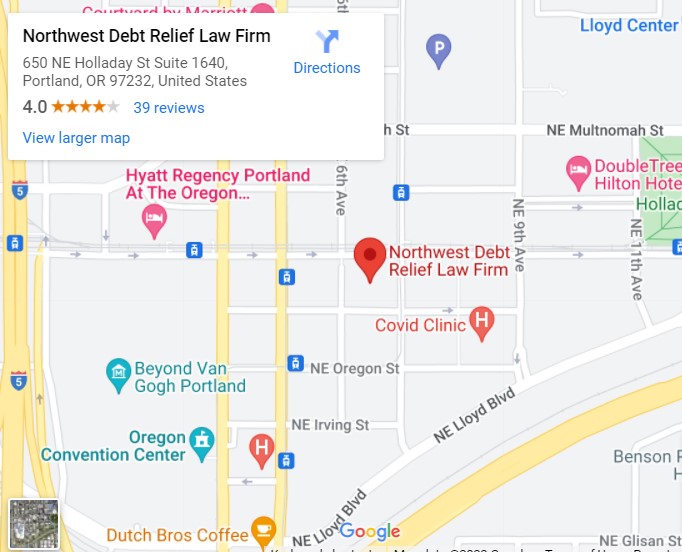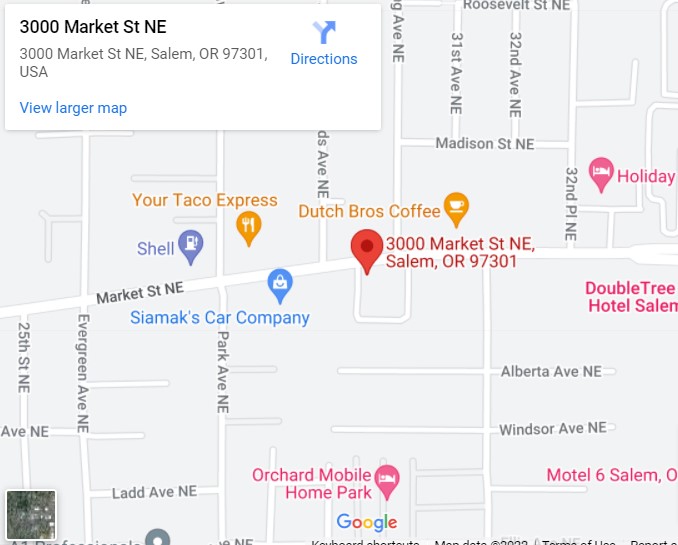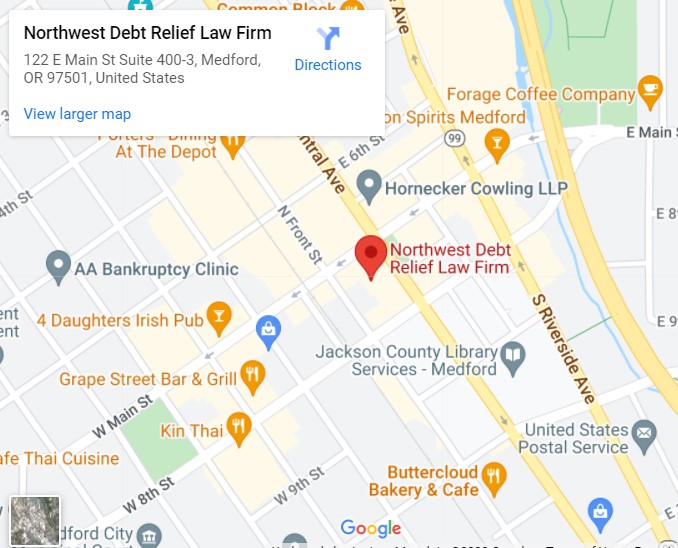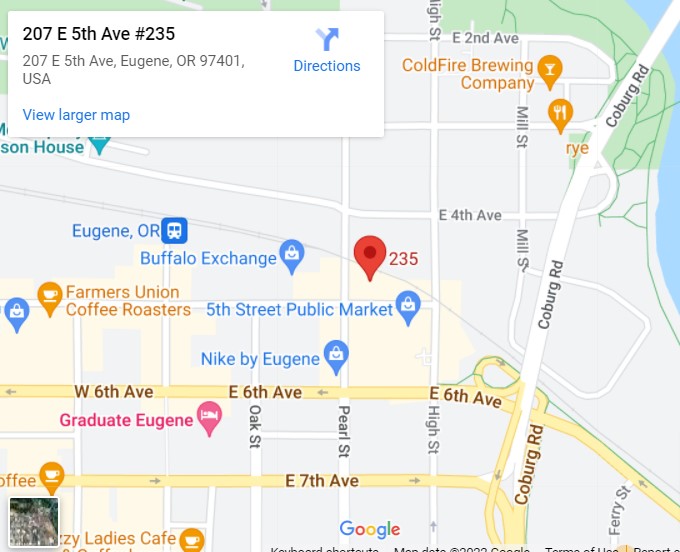 Costs of Filing Bankruptcy
Costs of Filing Bankruptcy
Economists like to say that people with few assets are “cost-sensitive,” because a few extra dollars on a co-pay may be the difference between going to the doctor and ignoring a health problem. Since cash is often scarce among bankruptcy debtors, they nearly always want to know how much it costs to file bankruptcy at their first appointment. Court filing fees are almost completely non-negotiable, although the court will consider a payment plan, in some circumstances.
The pre-filing window is also a good time to consider some other technical bankruptcy aspects, such as taking a required class and gathering required documents, so the process will run more smoothly once the voluntary petition is on file and you won’t have to scramble around to find financial paperwork.
How Much It Costs to File Bankruptcy at the Start
Bankruptcy filing fees are usually the same in both Washington and Oregon, since bankruptcy is a federal court procedure. As of December 1, 2016, the initial filing fees are:
- $335 for a Chapter 7 liquidation bankruptcy
- $310 for a Chapter 13 repayment bankruptcy
Because the filing volume has dipped in the last few years, filing fees sometimes increase more often than they used to, so courts can keep up with costs without siphoning tax dollars away from other areas.
How Much It Costs to File Bankruptcy in Payment Plans
If money is an issue, and it often is, most courts in Oregon will allow you to pay the initial filing fee in installments, provided that you complete an affidavit that shows a financial need. In Chapter 7 bankruptcies, the court will normally accept three monthly payments of $111, $111, and $112; in Chapter 13 bankruptcies, most debtors can make two payments of $125 and $165. The first payment is always due with the initial paperwork.
When thinking about how much it costs to file bankruptcy and payment plans, there are a few things to remember. First, many courts do not accept credit or debit cards over the phone or online, and they definitely never set up automatic bank drafts. That usually means you must put a check or money order in the mail, and even if it gets lost in the mail or gets delivered to the wrong place, the court usually never accepts any excuses. Second, since many courts do not particularly like to keep up with payment plans, they usually dismiss cases for nonpayment a day or two after the deadline passes, and there is usually no mercy.
Shortly after filing, the court always sends a payment schedule through the mail, but since it comes in a very thin envelope, it is easy to misplace. So, it is best to satisfy the installment arrangement as soon as possible, because there is no penalty for early payment.
Ancillary Filing Fees
The final amount of how much it costs to file bankruptcy sometimes changes over time, because the court may assess additional fees after the case is filed. Some of them include:
- Conversion: As of December 1, 2016, clerks charge $25 to convert a Chapter 13 to a Chapter 7.
- Reopening: If a bankruptcy is dismissed, the clerks charge $260 to reopen a Chapter 7 and $235 to reopen a Chapter 13. No payment plan is available, in most cases. Moreover, if there is any unpaid balance from the initial filing fee, the clerk will want that money in addition to the reopening fee.
- Schedule Amendments: It is very important that the petition and schedules be accurate when they are filed. This is because the clerks normally charge $31 per change to amend them later.
The clerks also charge for some hearing transcripts, photocopies, returned checks, and almost any other service.
Other Pre-Filing Activities
When considering how much it costs to file bankruptcy, you must think about the time costs as well. All debtors must complete a debt counselling course before filing. Fortunately, the class is available online and only takes a few minutes. Your attorney can give you a list of approved courses to choose from.
Before the 341 creditors’ meeting, the trustee (person who oversees the bankruptcy on behalf of the judge) will probably want copies of various documents, such as:
- Last year’s income tax return
- Drivers’ license
- Social Security card
- Bank statements
- Insurance policy declaration pages
- Domestic support orders
- Deed and title documents
- Leases
- Profit/loss sheets
The first three items in this list are mandatory. Moreover, the trustee has the discretion to ask for any of the remaining documents. As the bankruptcy debtor, you have a duty to cooperate with the trustee in this area. Failure to turn over requested documents is grounds for a with-prejudice dismissal.
Talk to a Debt Lawyer About How Much It Costs to File Bankruptcy
If you are overwhelmed by debt and want to get a fresh start, learn more about how much it costs to file bankruptcy by contacting the Northwest Debt Relief Law Firm today.






